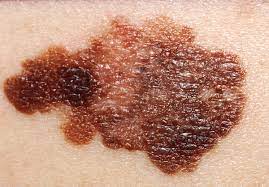Researchers at ETH Zurich have pioneered an innovative technique to transform the bacterium Komagataeibacter sucrofermentans into a highly efficient cellulose-producing mini-factory. This breakthrough promises to significantly boost the production of high-purity bacterial cellulose, a material highly valued for its diverse applications in biomedicine, packaging, and textiles.
Bacterial cellulose is renowned for its ability to support wound healing and prevent infections. However, K. sucrofermentans naturally grows slowly and produces limited amounts of cellulose, posing a significant challenge for its industrial-scale production. To address this issue, Julie Laurent, a doctoral student at ETH Zurich, developed a method to accelerate the evolutionary process of these bacteria using UV-C light. This innovative approach has led to the creation of new bacterial variants that produce up to 70% more cellulose.
The groundbreaking study, published in the Proceedings of the National Academy of Sciences, details the process of exposing bacterial cells to UV-C light, inducing random DNA mutations. These mutated cells are then encapsulated in nutrient solution droplets and allowed to produce cellulose. The most productive cells are identified using fluorescence microscopy and automatically sorted using a system developed by ETH chemist Andrew De Mello’s team. This system can process half a million droplets in minutes, efficiently identifying four bacterial variants that significantly outproduce the wild type.
The evolved bacterial cells form cellulose mats that are nearly twice the thickness and weight of those produced by wild-type cells. Genetic analysis revealed that all four high-producing variants shared the same mutation in a gene coding for a protease, which appears to disrupt regulation and allows for continuous cellulose production.
“This approach is a milestone in enhancing non-protein material production using bacteria,” said Professor André Studart, a co-author of the study.
The team has filed for patents and plans to test the new bacterial strains in industrial settings, with the aim of revolutionizing the sustainable production of bacterial cellulose. This advancement not only holds promise for improving existing applications in biomedicine, packaging, and textiles but also opens up new possibilities for innovative uses of bacterial cellulose in various industries.
This development represents a significant step forward in bioengineering, demonstrating the potential of bacteria as mini-factories for the sustainable production of valuable materials.











